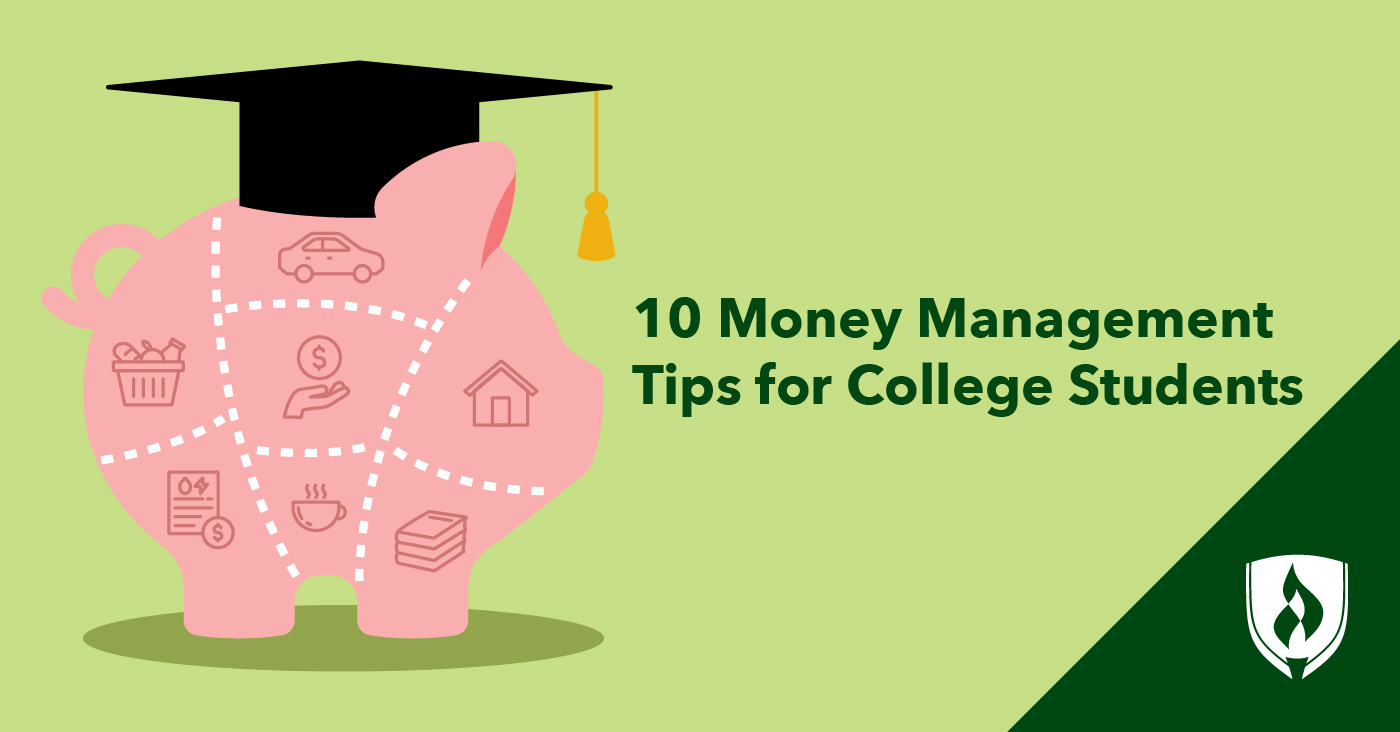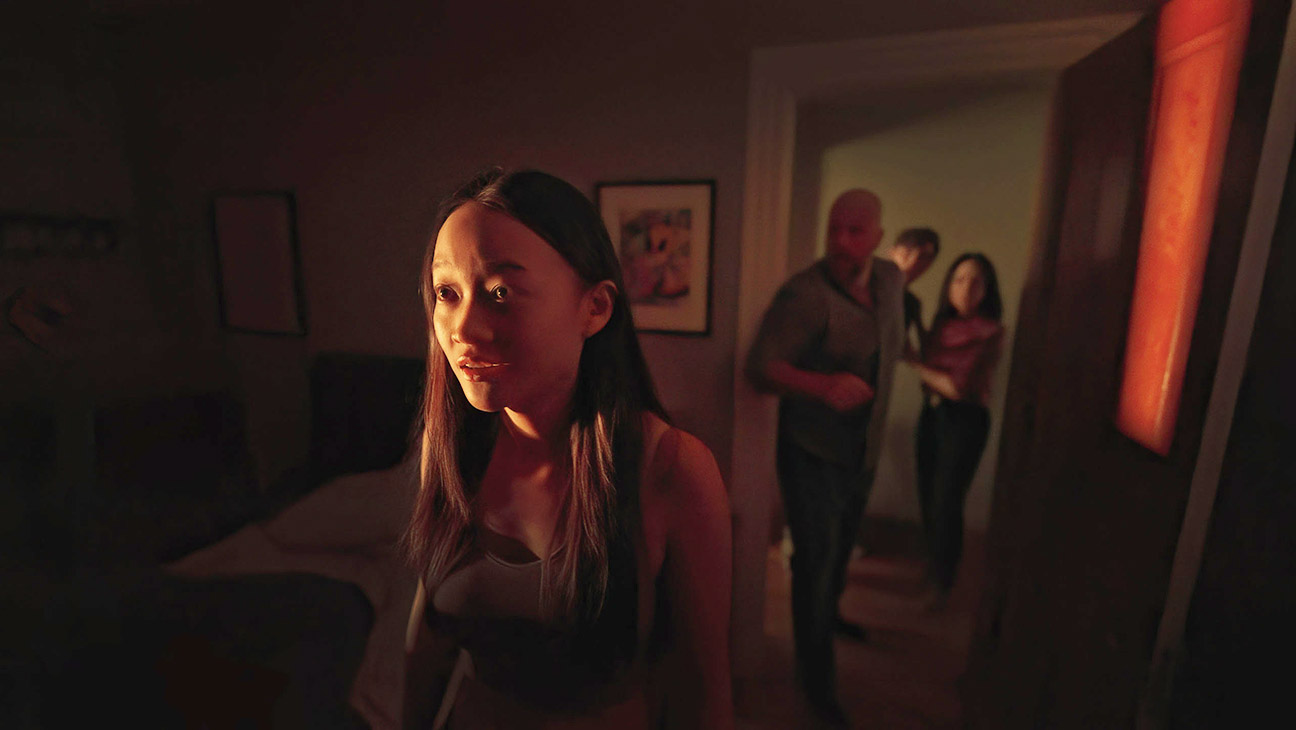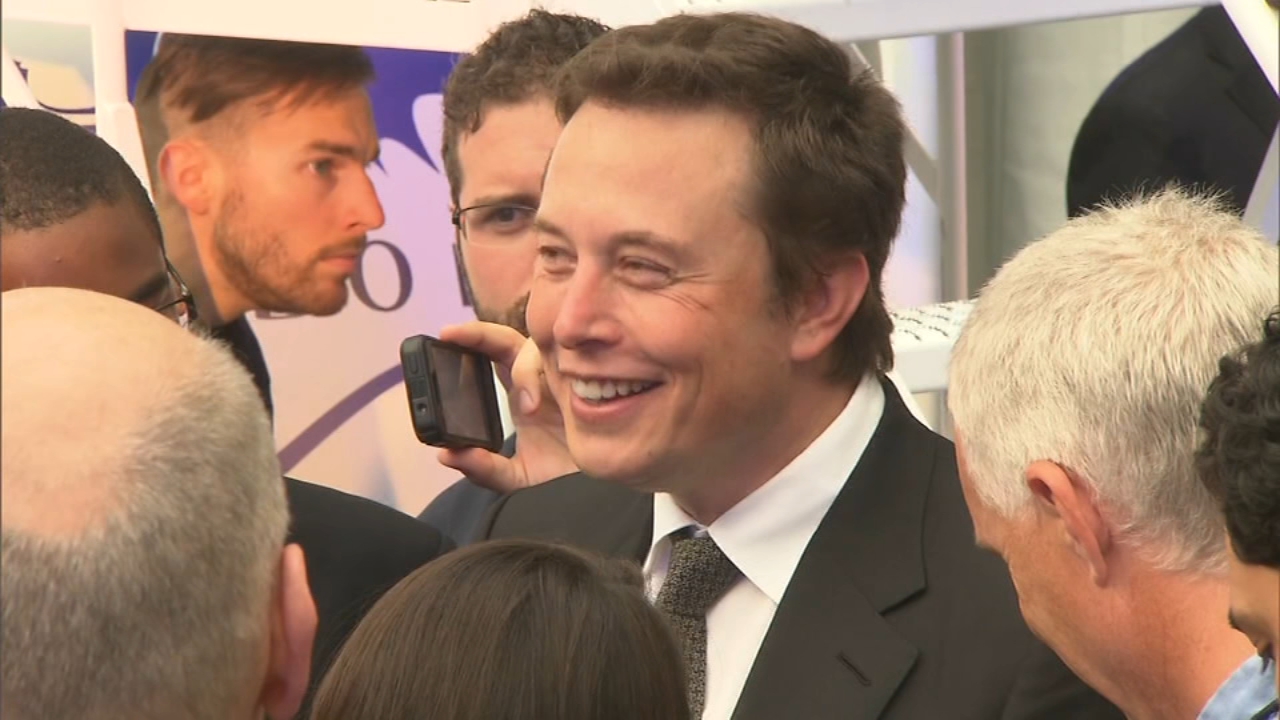Unlocking Creativity: The Power of STEM Education and Fun Programming for Kids
In our rapidly evolving digital landscape, the demand for education in STEM (Science, Technology, Engineering, and Mathematics) fields is growing exponentially. Recognizing this need, prestigious institutions like Harvard and MIT are stepping up to offer free online courses, creating unprecedented opportunities for learners worldwide. But while adults are busy building their skills, one must not overlook the formative years of our children – a time when curiosity can blossom into creativity, especially through engaging platforms like Scratch.
The Surge of Free Online STEM Education
With STEM education becoming more essential than ever, many established universities are providing free, high-quality online courses. This initiative not only democratizes education but also equips a global audience with crucial skills needed for the future job market. Courses cover everything from basic programming to advanced mathematics and life sciences, accessible without the high costs associated with traditional learning paths.
Among the standout offerings are:
- Introduction To Computer Science by Harvard University, which uses programming languages like C, Python, and SQL.
- Generative AI For Everyone, providing insights into this revolutionary field.
- Foundations of Cybersecurity, a practical approach to understanding online safety.
For those keen on analytics and data science, Calculus and Linear Algebra from MIT are essential courses leading the way.
 Exploring the broad range of available online courses can ignite new passions in learners.
Exploring the broad range of available online courses can ignite new passions in learners.
Scratch: A Gateway to Programming for Young Minds
Transitioning from passive consumption of content to active creation is pivotal in a child’s development. Scratch, developed by MIT Media Lab, stands out as a premier platform for teaching programming concepts in a fun, visually engaging manner. By employing colorful blocks that represent different programming constructs, Scratch eliminates the intimidation typically associated with coding.
When children engage with Scratch, they’re not just learning to program; they’re exercising their creativity. Each colorful block snaps together, allowing young learners to visualize their commands. For instance, if my daughter wanted to animate a cat chasing a butterfly, it was as simple as dragging and dropping blocks of commands into the interface.
“The simplicity of dragging and snapping… made it intuitive for her to understand the flow of actions.”
Breaking Barriers to Learning
While Scratch is designed to be user-friendly for children, it isn’t without its challenges. One key hurdle often encountered is literacy. Many children may lack the reading skills necessary to navigate Scratch’s interface effectively. In our case, I stepped in to facilitate this learning experience by reading block descriptions aloud to my daughter, fostering a collaborative environment that not only bolstered her coding ability but also improved her reading skills. By interacting with technology and learning its language together, we turned potential roadblocks into building blocks of knowledge.
Another challenge arises from the platform’s limitations regarding project sizes. Each asset can only reach a maximum of 10 MB, which posed a constraint when incorporating larger audio files. Leveraging tools like Audacity for file compression was a practical solution, demonstrating that resourcefulness is just as crucial as creativity in coding.
 Interactive programming fosters essential digital skills and encourages creative thinking.
Interactive programming fosters essential digital skills and encourages creative thinking.
What’s Next: Transitioning to Text-Based Coding
As children gain confidence in a visual programming environment like Scratch, they may feel ready to venture into more complex text-based programming. One intermediary step I recommend is Microsoft’s MakeCode. This platform retains the block structure familiar from Scratch but also allows learners to transition to JavaScript or Python seamlessly.
For those more prepared to take the plunge, both Python and JavaScript provide accessible entry points into the world of text-based programming, with a clean syntax that’s ideal for beginners. The shift from visual blocks to text can be challenging, but with the foundation built from years of experimentation in Scratch, young coders are often well-prepped for this leap.
Final Thoughts on Embracing STEM and Programming
In summary, the landscape of education is evolving, with free online courses providing pathways into STEM fields. While adults capitalize on these resources to enhance their careers, there remains immense value in equipping the younger generation with creative and engaging platforms like Scratch. These tools foster an invaluable skill set necessary for tomorrow’s tech-driven society and pave the way for the next generation of innovators. By championing STEM education and creative programming, we are nurturing a future filled with problem solvers and creative thinkers ready to tackle global challenges.
 Scratch serves as an excellent entrance point into the world of programming for children.
Scratch serves as an excellent entrance point into the world of programming for children.
Tags
- STEM
- Programming
- Scratch
- Online Learning
- Education
Resources for Further Learning
- Explore comprehensive STEM courses offered by leading institutions.
- Delve into the world of coding with Scratch.
- Transition to text-based coding with Microsoft MakeCode and explore oceans of possibilities with Python.


 Photo by
Photo by 












